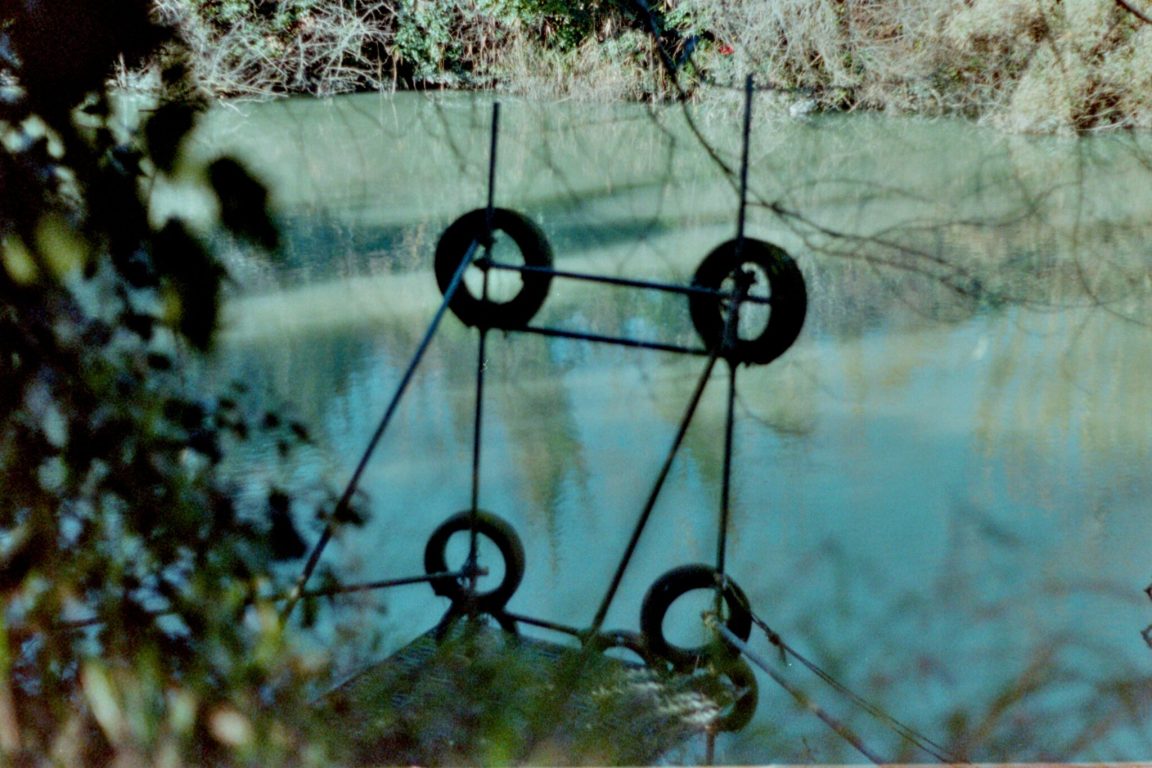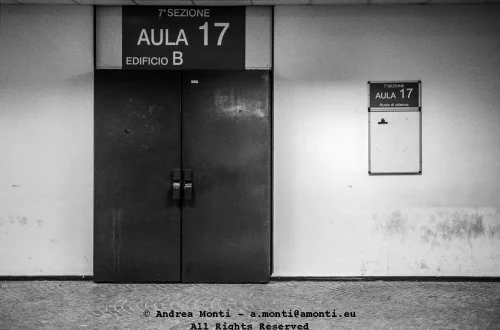
5 Frames with a Praktica MTL5B, a Pentacon 50/1,8 and a Roll of Portra 400 (expired in 2011)
An afternoon of urban exploration looking for derelicted places gave me the chance to test a Praktica MTL 5b with its standard (pun intended) lens: the Pentacon 50/1,8, which I had never used before. To make things more complicated, I also took out from the basement a roll of Portra 400, expired in 2011.
Net of the limitation of a (poorly maintained) roll more than 10 years old, the shooting experience was not that exciting. Loading the film proved to be more complicated (at least for me) than with my Pentax ME Super, Nikon F3 or Voigtlander Bessa R2A, and I lost the first three frames. Maybe more training will make it easier, but so far the fact remains that some shots have been wasted before even starting the session.
I took all pictures wide open, and the lens showed a visible purple fringing.

Purple, Purple, Purple…

It does not look capable of producing razor-sharp images wide open.

Focusing is easier if you start wide open and then close the aperture to the desired value: this means that for impromptu photography zone focusing or hyperfocal shooting are mandatory.

Colour rendition is fair enough for a film that is decades old: the rust has been captured about correctly, as have the green and the blue, but a stint of purple fringing is visible in the vertical poles, together with an overall greenish tone.

Bokeh looks flat and lacks personality.

To sum up, the Pentacon did not impress me very much; still, I will give it another try, maybe with a non expired film to ascertain if the image quality issues are related to the age of the roll.
I tried to stick to the rule of thumb of over-exposing the film by one stop per decade, but I am not sure I always did, as I sometimes forgot to measure the available light with an external light meter. This reminded me of how lazy technology can make a photographer. Of course, there is no point in forbidding yourself from using the camera’s automatic features, but using them blindly is bad for your (photographic) eyesight.
As far as postprocessing is concerned, I first converted the images with Darktable (I crop them to have only the film in the frame, so as not to mess up Negadoctor’s results). The resulting images were exported in 16bit/Tiff and then furtherly processed with Pixelmator Pro.
P.S.: I know: I said ‘5 frames’. But I lied.




